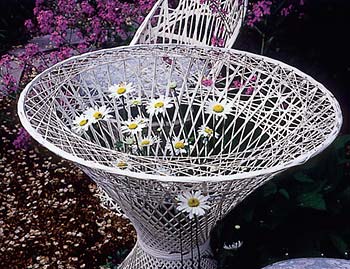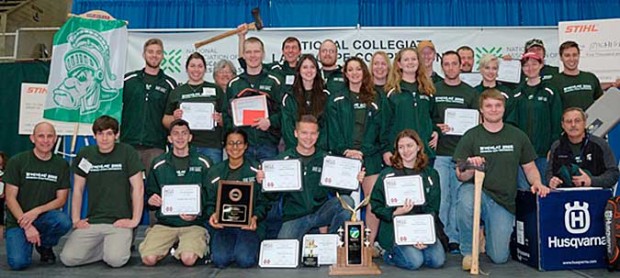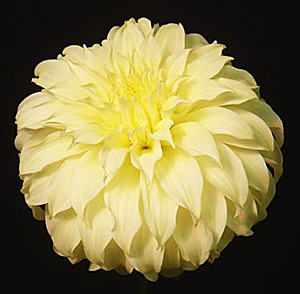 The American Dahlia Society recently announced that ‘Edna C’ has been selected as the “Best Dahlia of the Past 50 Years.” The designation is part of the society’s centennial celebration. The selection criteria included popularity, dahlia show success, and variety longevity. The runner-up was ‘Hamari Accord,’ a yellow medium semi-cactus. ‘Inland Dynasty,’ a yellow giant cactus dahlia, finished in third place. ‘Edna C’ is a large yellow dahlia that creates a “bouffant” effect. Originated in 1968, ‘Edna C’ has been widely grown and successful in dahlia shows throughout North America. Back in 1964, the variety ‘Jersey’s Beauty’ was acclaimed by the American Dahlia Society as the best dahlia during the society’s first 50 years.
The American Dahlia Society recently announced that ‘Edna C’ has been selected as the “Best Dahlia of the Past 50 Years.” The designation is part of the society’s centennial celebration. The selection criteria included popularity, dahlia show success, and variety longevity. The runner-up was ‘Hamari Accord,’ a yellow medium semi-cactus. ‘Inland Dynasty,’ a yellow giant cactus dahlia, finished in third place. ‘Edna C’ is a large yellow dahlia that creates a “bouffant” effect. Originated in 1968, ‘Edna C’ has been widely grown and successful in dahlia shows throughout North America. Back in 1964, the variety ‘Jersey’s Beauty’ was acclaimed by the American Dahlia Society as the best dahlia during the society’s first 50 years.
Matthaei Botanical Gardens & Nichols Arboretum director Bob Grese receives award from Garden Club of America
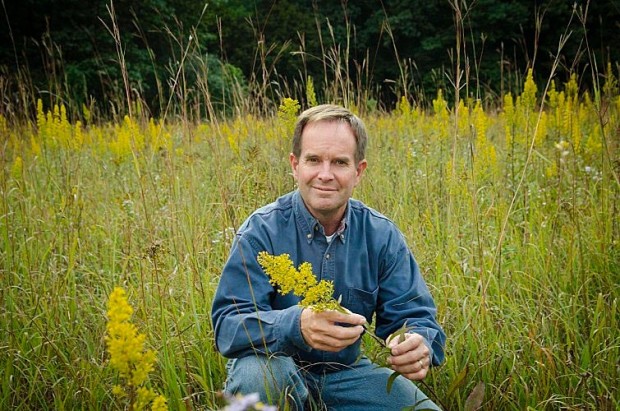
The Garden Club of America (GCA) has awarded Bob Grese with an honorary membership. The GCA is the first national federation of American garden clubs, with 200 member clubs and over 18,000 members across the country. Established in 1913, GCA has long championed the conservation and study of our nation’s rich heritage of designed landscapes and gardens. Generations before these needs became evident to most citizens, the GCA spearheaded many pioneering efforts to document and steward significant heritage sites—and create endowments to allow their continuity and study.
The decision by the Garden Club of Michigan to nominate Bob was unanimous, says Mary Roby, who has served as President of the Michigan club and also as a GCA Director. “Bob’s work in landscape design, leading to becoming an authority on Jens Jensen and studies of ecological landscape design, are so important,” notes Mary. Bob says he’s thrilled to be associated with such a prestigious group of leaders in horticulture and conservation. “I have long been familiar with the club’s support of students studying horticulture, landscape architecture, ecological restoration, and other aspects of plant science and conservation,” he says. “Many of my own students over the years have been supported through these scholarships.”
An Expert Perspective: Making the Most of Garden Walks
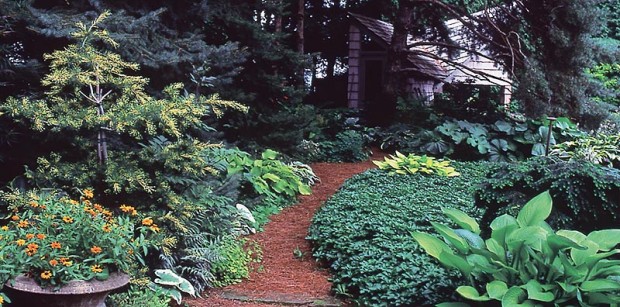
by Janet Macunovich / Photos by Steven Nikkila
Live my life in the garden, that’s what I do. Work in others’ gardens. Teach in gardens. Write about gardens. With all the time I spend there, it seems like my great revelation about making the most of garden walks would have come to me there.
Nope. It came on a horse.
My daughter wanted to go riding, but none of her friends could go. So I went. It was a pretty fall day, but a weekday. The stables were nearly deserted, and the same man who took our money and collected our insurance waivers saddled our horses and one for himself. We’d take his favorite path, he told us, the one he’d first cut through the woods ten years before.
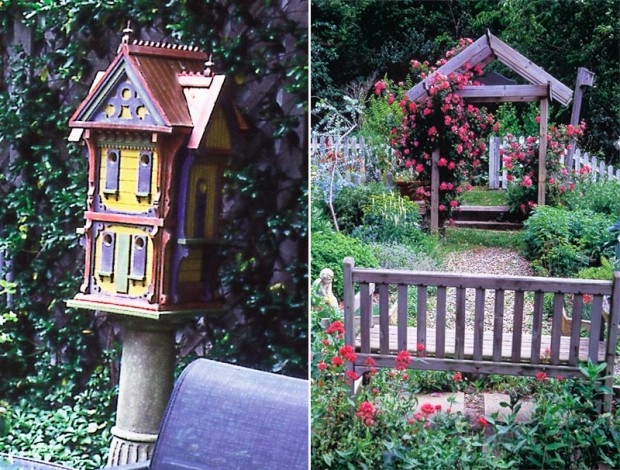
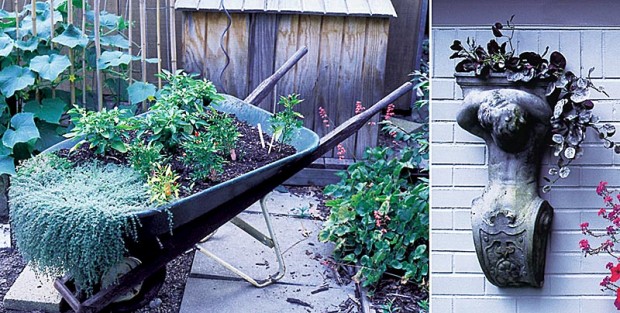
Single file behind him, we rode into those woods. Quietly at first, enjoying the colors and the sush of hooves on fallen leaves.
Then my daughter pointed out a clump of baneberry just off the trail, turning in her saddle to be sure I looked where she pointed. I saw, and we made some just-to-talk guesses about what else we’d find growing there, if we waded in.
Our guide had not even turned to look, but my daughter, ever the sociable gatekeeper in conversation, called to him. “Don’t worry. We aren’t really going to stop. Way too much poison ivy in there!”
Then, he did stop. Reined right in. “You know what poison ivy looks like?” he asked us.
“Uh, huh,” we both said. I looked at the vines scrambling over brush and along the ground, some shed of foliage, others with a red leaf or two still clinging. Vines on tree trunks alongside the path were presenting their leaves so close that our horses were surely carrying some of the oil on their coats. How could someone who rode this path every day, who dealt with the effects of poison ivy all the time—as he was now proceeding to tell us—how could he NOT know what it looked like?
So we pointed out the vines, the leaves, and some telltale characteristics of both. Pulling a gallon baggie from my jeans pocket—as a dog owner and a cutting-snitcher, I’m rarely ever without one—I covered my hand, reached out and broke off a bit of leafy vine. “Here,” I said, reversing the bag on itself, to seal vine and oil inside. “We can hang this on your bulletin board. It’ll be safe enough in the bag, and people will know exactly what to watch out for.”

What a nice smile he gave us! So I dared to ask the burning question.
“I wonder,” I said. “I look into the woods here and the poison ivy jumps out at me. You’ve been scanning the woods as we ride, too, but you weren’t registering those vines until just now. What is it YOU see alongside this path?”
So, for an hour or so one afternoon, I looked into those woods through a horse-savvy, outdoorsman’s eyes. There was so much there I would have missed.
The butt of a large tree, sawed off nearly at ground level wouldn’t have interested me, but it made our guide chuckle. “Had to cut through that old tree twice. Once when it first cracked and leaned over the path. A second time when the horses kept shying and wouldn’t walk past the stump I left behind!”
Some tumbled rocks held another story. “I always take a good look around those big rocks because once there was a fox den up there. Those foxes, they sure take care of the mice around the barns.”
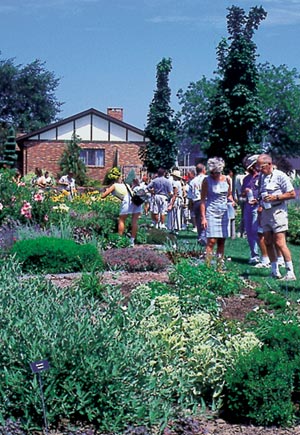
That eye-opener of a ride changed what I do before going on a garden tour.
I still make my standard preparations. That starts with admitting that no matter how impressive a plant or garden feature is when I see it, I will NOT recall its name, where someone said it came from, or even why it impressed me without a memory aid. So I round up a pencil, a pocket notebook and sometimes a camera, too. I don’t bother with pens anymore, having learned that pencils work even in the rain and graphite scribbles are legible even after something unfortunate like a dip in a water garden.
Then, I take a stroll through my own yard a day or so before the garden walk. The objective is to note my current stars—what’s in bloom or has other appeal such as great form, attractive seed pods or sweet smell. Why? Because my pre-tour perceptions will help me sift through all the beautiful things on the tour to develop a truly practical “must have right now” list.
On the tour, I consider each potential “must have” against that mental snapshot of my own yard. I don’t concentrate hard to do this, just let the visual stimulation switch on what every gardener has: great visual sense. Very quickly, the mind’s eye can tuck the item under consideration into a hundred different real spots, and critique it.
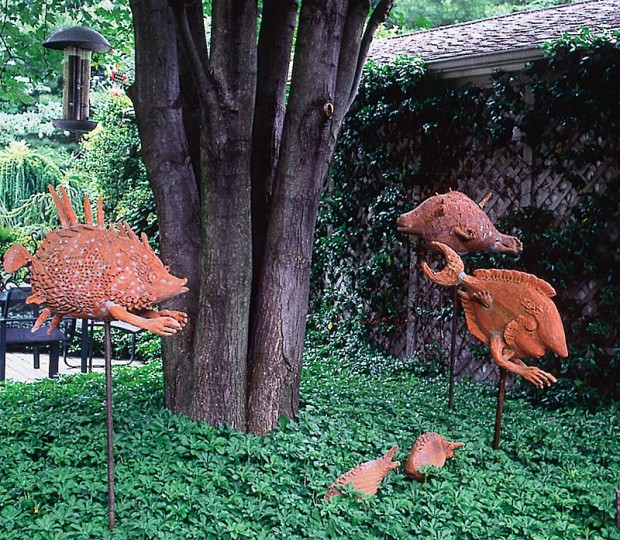
This process flags for me the things I can buy right away, even on the way home, because they can be added without rearranging a whole garden. I star those in my notes as “must have’s.” The runners-up are noted as well but not starred. I won’t make the mistake of hauling home a bunch of plants that may languish and perhaps die in their pots while I get around to moving a fence or adding a walk (those little details that can delay a planting).
Finally, I recruit a companion for these treks to peek into private gardens. Who? Anyone who would enjoy a pleasant walk who also sees differently than I do. She or he might not even be a gardener and that’s fine because what I hope they’ll bring with them, and give me a look through, is a perspective on gardens and plants flavored by a background in some field I don’t know. It might be that they travel a lot, practice embroidery, admire calligraphy, know how to jet ski or once studied astronomy. Whatever we don’t have in common, that’s what will make the day most interesting. Together, we’ll see more than we would have.
Article by Janet Macunovich and photos by Steven Nikkila, www.gardenatoz.com.
Janet’s Journal: Gardens Talk
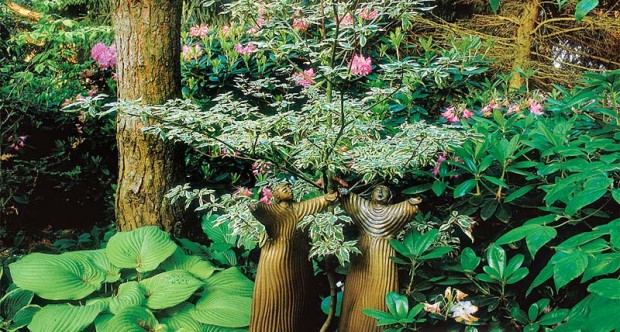
Our gardens are reflections of who we are as people
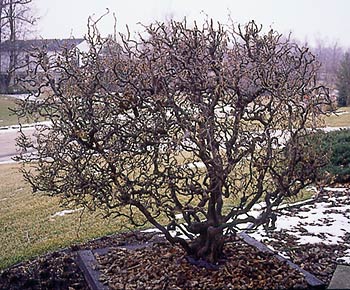
by Janet Macunovich /
Photos by Steven Nikkila
First, we talk to the plants. Then, they begin to talk to us. Simply at first—“I need water!”—but eventually they speak with more eloquence—“I would appreciate some micronutrients in my water, darling. And could you see to my friend here? He is making me itchy with his spider mite condition and I’d be greatly relieved if you’d rinse him thoroughly!”
Why was I surprised then, to find that the whole garden begins to tell tales on its gardener? Once I tuned in to the language, I found it was fascinating, a whole new dimension to enjoy.
General-garden and whole-landscape messages follow the same progression from simple to complex that individual plants use as they teach us their language. In the beginning, we may understand only the most obvious statements, such as “This is the door my gardener would prefer you use.” Given time and gardening experience, though, more subtle signs become clear and can apply to almost any issue. These higher-order statements may point us to the best seat in the yard or clue us in to how the gardener in residence really feels about guests—whether he or she truly wants visitors or would prefer they simply stand and look, then go away.
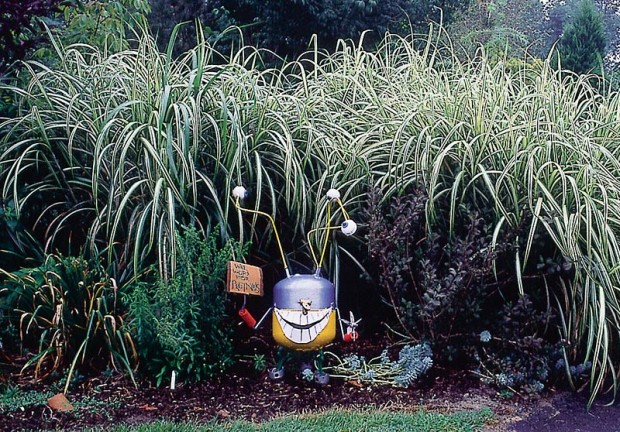
The language is most coherent in the true gardener’s garden. As a baby might delight us with playful use of a few sounds, so does a novice planter convey very basic messages of joy or frustration when they work with a flat or two of annuals. Advanced gardeners speak with a much greater vocabulary. Some people wear their hearts on their sleeves. Gardeners grow to display theirs in the landscape.

Gardenspeak is not alphabet-based, but more like hieroglyphic or Chinese writing. Since its individual characters are so complex, a good reader can form an overall impression of the message’s tone just from the quality of the writing—whether the glyphs are rendered crudely, with competence, or are works of art. Because the characters themselves are more fluid than letters in an alphabet, it’s possible for a master, using only tiny strokes, to change any ideogram into something quite different in meaning. When we garden we write in just such a complex, liquid code made up of our choice and placement of plants, the composition and condition of our paths, the siting and comfort level of seating, and much more.
In this code our gardens make it quite clear where we spend our time—not just what our favorite spots are in a garden, but where we most often are in the building the garden surrounds. They also describe what seasons of the year are important to us. In the landscape and garden are written a person’s life history—what environment they knew as a child, the schooling they had, what attachments they have to other people, whether they own pets, even what the person’s profession is or might be one day. With practice and a gardener’s eye we can decipher another gardener’s hopes and dreams, personal philosophy, and demeanor.
Before this season ends, while there is time to plan changes for next year, look at what your garden is saying about you!
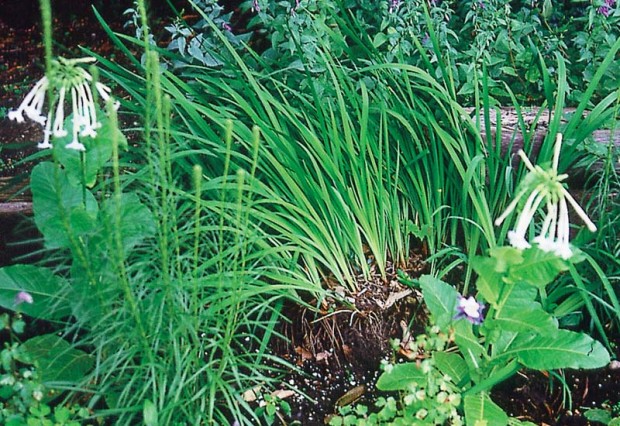

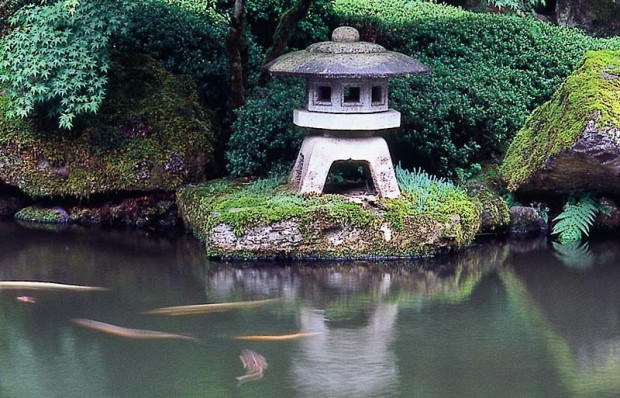


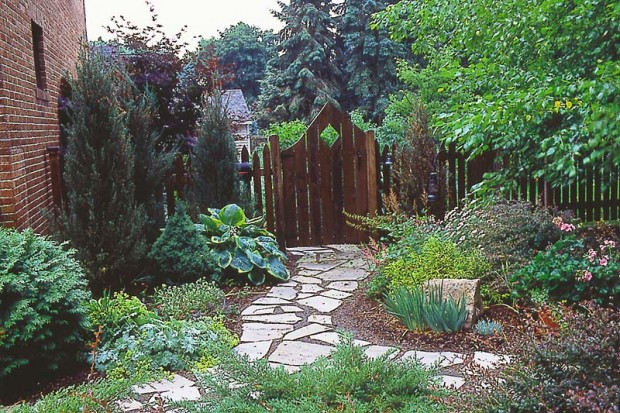
Article by Janet Macunovich and photos by Steven Nikkila, www.gardenatoz.com.
Under the unsightly exterior, bruised fruit might contain better nutrition
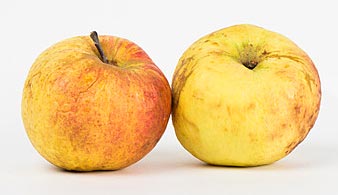
NPR’s The Salt:
When orchardist Eliza Greenman walks through a field of apple trees and gazes upon a pocked array of blemished and buckled fruits — scarred from fighting fungus, heat and pests — she feels a little thrill of joy. “I’m absolutely infatuated with the idea of stress in an orchard,” says Greenman, who custom grafts and grows pesticide-free hard cider apples in Hamilton, Va. These forlorn, scabbed apples, says Greenman, may actually be sweeter.
In an unofficial experiment, Greenman tested scabbed and unscabbed Parma apples, a high-sugar variety native to southwestern Virginia, and found the scarred apples had a 2 to 5 percent higher sugar content than unmarred apples from the same tree. More sugar means a higher alcohol content once fermented, producing a tastier hard cider.
But she loves these ugly apples for another reason: They may be more nutritious and have a higher antioxidant content. Says Greenman: “I believe stress can help create a super fruit.”
Website Extra: On the Road to the Missouri Botanical Garden
Editors Note: The following are bonus photos from a story on the Missouri Botanical Garden featured in the May, 2016 issue of Michigan Gardener. To read the full story, pickup a copy of Michigan Gardener in stores May 1 or read it in our digital edition.
An American treasure
A visit to the magnificent Missouri Botanical Garden should be on Michigan gardeners’ wish lists
Photos courtesy Missouri Botanical Garden
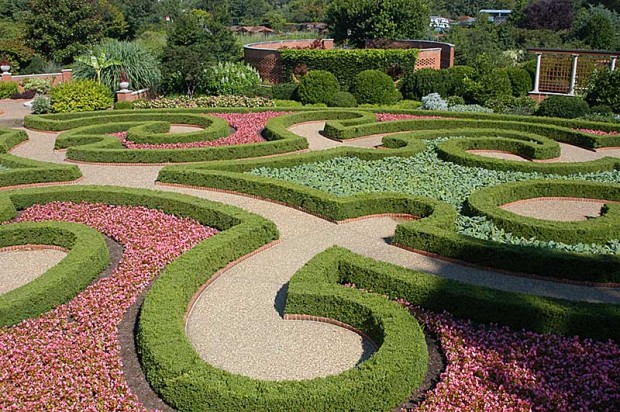
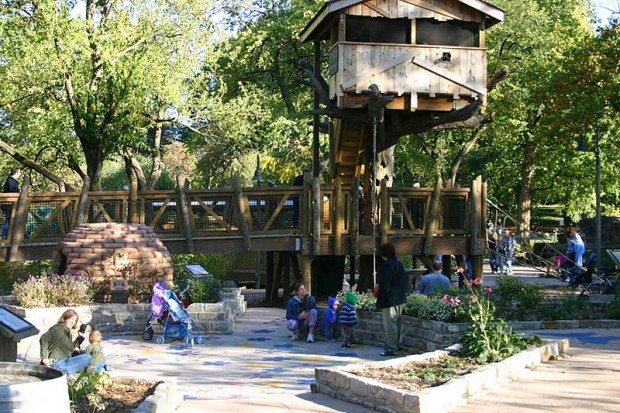
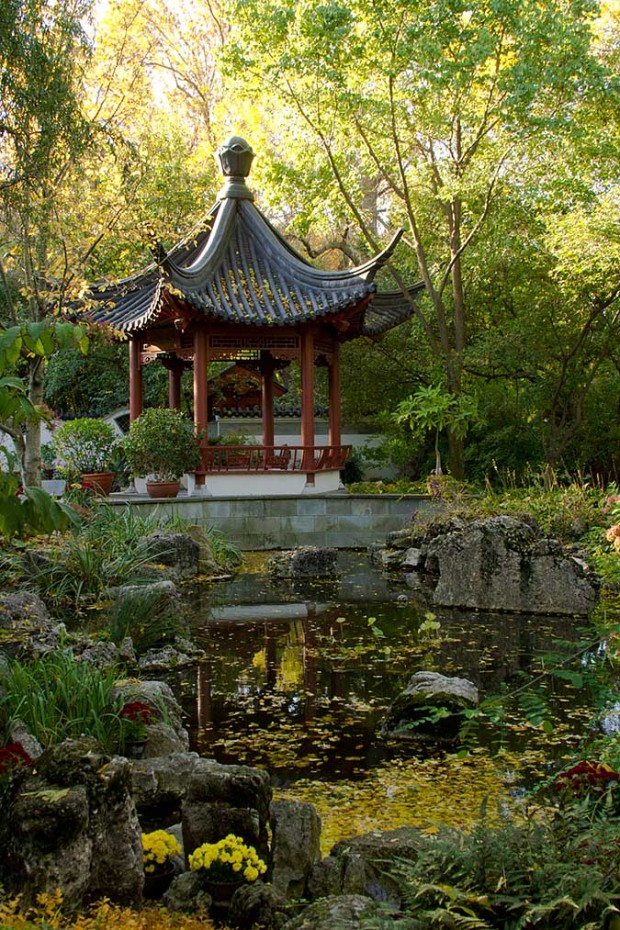

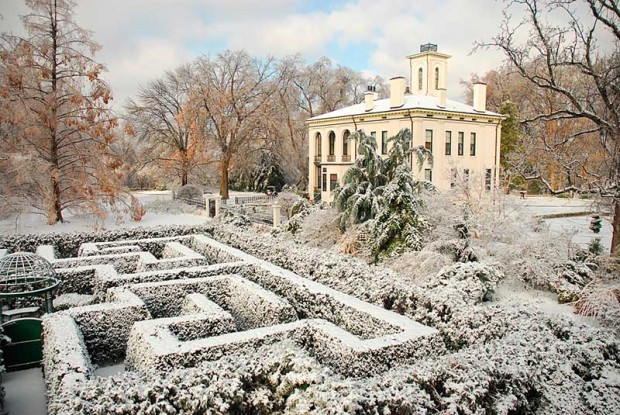
Janet’s Journal: Usual Plants, Unusually Grown
Part 2 of 2
Shrubs grown as perennials and perennials grown as shrubs
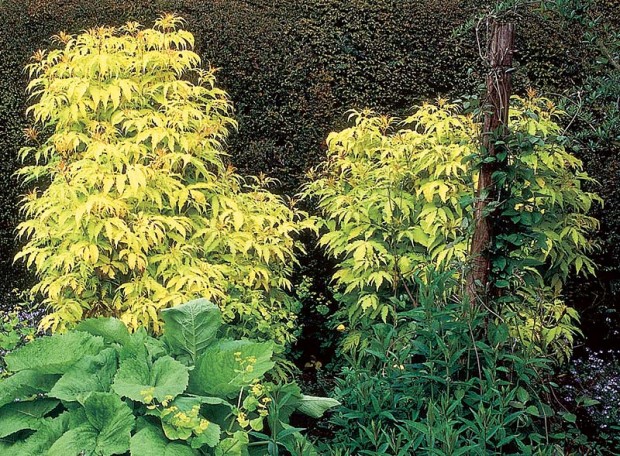
Shrubs as perennials
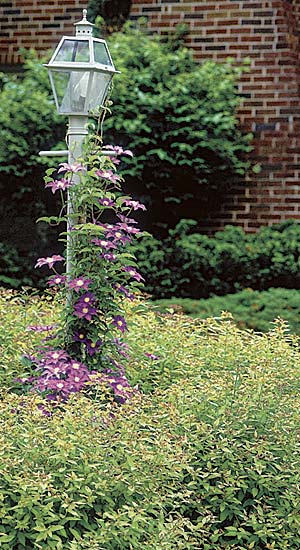
If we grow a shrub for its foliage (barberry, privet, smoke tree and others), or we like the flowers and they are produced on wood that grew just this year (rose of Sharon, beautyberry, potentilla and others), why not cut it back to stubs every April 1, treating it like the herbaceous perennials we leave standing for winter interest? That’s what we can do with all of those on this list. Some of them you already grow this way (butterfly bush, blue mist spirea, Russian sage), and don’t even give much thought to the fact that they’re shrubs. The others on the list are just as amenable to this treatment.
What can you expect will be different about a shrub treated as a perennial? Cut back to nubs every spring, a shrub may be only 2 to 4 feet tall at its height every year—shorter than otherwise, but tall enough for most gardens. Flowering isn’t usually affected except that it may come later in the season than on un-cut shrubs of the same type—not a problem if you added these plants to your garden specifically to continue the floral show after spring and early summer perennials finish their show. The foliage on first-year branches is often larger and more intensely colored than normal, which is a plus. Also, the new wood itself is often more intensely colored than older branches, so shrubs we like for their stem color in winter are even more attractive when treated this way.
Shrubs grown as perennials:
- Barberry* (Berberis thunbergii varieties)
- Beautyberry# (Callicarpa japonica). Purple berries in fall are the attraction.
- Blue mist spirea or bluebeard#* (Caryopteris x clandonensis)
- Butterfly bush# (Buddleia davidii)
- Chaste tree# (Vitex negundo)
- Dwarf spirea#* (Spiraea x bumalda)
- Elderberry* (Sambucus varieties with gold or bicolor leaf)
- Golden vicary privet* (Ligustrum x vicaryii)
- Panicle hydrangea# (H. paniculata) and snowball hydrangea# (H. arborescens). Please don’t confuse these with other types of hydrangea such as the blue-, pink-flowered or oak leaf types which need two-year-old wood to bloom.
- Potentilla# (P. fruticosa)
- Redtwig and yellowtwig dogwood (Cornus alba, C. sericea). Winter stem color is the primary show.
- Rose of Sharon# (Hibiscus syriacus)
- Smoke tree* (Cotinus coggygria)
* shrub grown for its foliage
# shrub grown for its flowers (on new wood)
Perennials as shrubs
Some herbaceous perennials are so large and sturdy that they can overwhelm the rest of a garden. Instead of shrubs, they can be used as hedges, specimens, or even foundation plants. The only catch is that they will vacate their spots once a year, either from fall when they die back until early summer when they’ve once again reached the desired height, or if their stems are sturdy enough to stand over winter, we lose them only from early spring when we cut them back until early summer.
One additional feature I require of perennials used this way is that they be long-lived and clump-forming. I want to be able to depend on them to be in the exact same place for a number of years, as I would a shrub.
Perennials grown as shrubs…
- Boltonia (B. asteroides). 3 to 4 feet tall. White or pink flowers appear almost as a surprise every September.
- Cup plant (Silphium perfoliatum). 6 feet or more. Produces small sunflowers in July.
- False indigo (Baptisia australis). 3 to 4 feet tall. Contributes wands of blue flowers every June and can look like a black iron sculpture over winter.
- Goatsbeard (Aruncus dioicus). 4 to 5 feet tall.
- Ornamental grasses, particularly maiden grass (Miscanthus varieties) and feather reed grass (Calamagrostis acutiflora). Heights range from 2 to 8 feet. Fall and winter aspects can be stunning.
- Peony. 3 feet. Hardly bears listing, since it’s almost a usual thing to grow it as a hedge.
- Perennial sunflower (Helianthus x multiflorus). Cheery single or double sunflowers several inches across, every August. 3 to 5 feet tall.
- Purple bush clover (Lespedeza thunbergii). 5 feet tall, with great showers of pink flowers every September.
- Russian sage (Perovskia atriplicifolia). 3 to 4 feet tall.
- Sedum ‘Autumn Joy’. 18 to 24 inches. Like peony, it hardly bears listing since it’s been in foundation plantings for decades.
Vines as shrubs, trees or groundcover
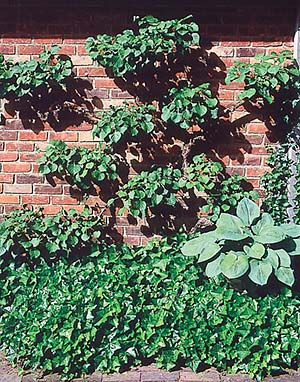
We think of vines when we need to cover a trellis or other vertical surface, but many vines are also happy to cover the ground. English ivy may come to mind right away, but keep an open mind to Hall’s honeysuckle (Lonicera japonica ‘Halliana’) and clematis that can be cut back in spring but still bloom that year (late-blooming species such as C. texensis and C. viticella and fall-blooming clematis C. maximowicziana, C. paniculata or C. terniflora).
If I want a vine to cover the ground and provide flower, too, there are some plants I have to strike off my list. Climbing hydrangea (H. anomala petiolaris), wisteria and trumpet vine (Campsis radicans) will clamber happily on the ground but won’t bloom there. Their flowers come after the plant has established a strong vertical framework with permanent (woody) horizontal side branches.
Some vines can also be convinced with regular pruning to stay in a relatively tight shape like a mounded shrub. With staking, they can even be a small tree. Evergreen euonymus (E. fortunei varieties such as ‘Ivory Jade,’ ‘Emerald Gaiety’ and ‘Sunspot’) is so amenable to use as a shrub that many people don’t even know how beautifully it climbs when given a chance.
A few, such as wisteria, trumpet vine, silver lace vine (Polygonum aubertii), evergreen euonymus and climbing hydrangea, can develop main canes so thick that they can serve as trunks. Strap a sturdy young cane to a strong post, cut off all suckers from the roots and shoots from low on the trunk-to-be, and give it a few years to thicken that cane. Don’t forget, though, that most of these are large plants and so their “crown”—once they’re trained as a tree—will need hard pruning at least once a year to keep it in bounds. Some, such as trumpet vine and wisteria, will also sucker like a wild thing, so it’s wise to site them where they will be surrounded by mowed lawn.
Michigan State University Places First in National Landscape Competition
Michigan State University-
The MSU Student Horticulture Association landscape team placed first at the National Association of Landscape Professionals National Collegiate Landscape Competition March 16-19 at Mississippi State University.
“The competition is a tremendous learning experience that pushes me beyond the academic requirements of the classroom and requires me to dig deeper and explore information and learning outcomes in areas that I otherwise may never have developed,” senior Ben Harcey said. “The competition also provides the platform for MSU to consistently represent the school and the horticulture program as one of the finest in the country.”
The four-day event consisted of educational workshops, a career fair and 28 competitive events dubbed the Landscape Olympics. The MSU team members were among 683 students representing 63 colleges and universities from across the United States and Canada.
Japanese garden expert to present lecture at Cranbrook Institute of Science
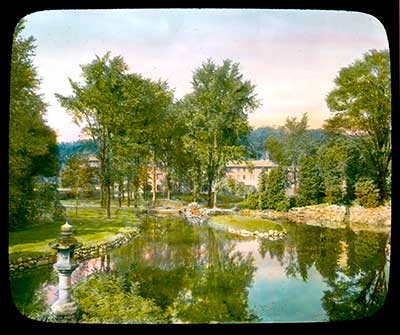
On Sunday, April 24, 2016, 3:00 p.m., Dr. Kendall H. Brown presents “Cranbrook’s Japanese Garden in Context: Japanese-style Landscapes in America, Then and Now.” Co-sponsored by the Japan America Society of Michigan and Southwestern Ontario and hosted in partnership with Cranbrook Institute of Science (map), the lecture admission is free. Seating is limited; doors open at 2:30 p.m.
In 1915, Cranbrook founders George and Ellen Booth attended the Panama-Pacific International Exposition in San Francisco. Inspired by the exposition’s Japanese pavilion, they returned to Cranbrook and transformed a humble rock garden on their country estate in Bloomfield Hills into a serene Japanese garden. This lecture explores the fashion for Japanese gardens in America in the first decades of the 20th century, tracing their presence at worlds’ fairs, commercial sites, and great country homes. The presentation concludes by sketching how Japanese gardens are playing new, dynamic roles as sites of wellness and transformation today.
Dr. Brown is Professor of Asian Art History in the School of Art at California State University, Long Beach. He received BA and MA degrees in history and art history from the University of California, Berkeley, and a Ph.D. in art history from Yale University. Professor Brown is a leading figure in the study of Japanese gardens in North America. His book, Quiet Beauty: The Japanese Gardens of North America, is considered the definitive study in this field. This is his first lecture in Michigan.
Morel mushroom season is on in Michigan
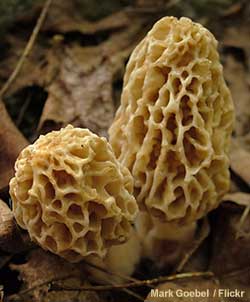
Lansing State Journal:
Get outside and train your eyes onto the forest floor. Morel season is on in Michigan.
“People are already finding the black ones around Jackson,” said Chris Wright, executive director of the Midwest American Mycological Information.
That name roughly translates to “people who love growing and foraging for mushrooms.” The Farmington Hills-based nonprofit organization leads classes in safe mushroom foraging, which are required for people who want to sell mushrooms they’ve collected.
“There a big mystique about morels,” Wright said. “They only come up once a year, and it’s fun to trample through the woods and try to find them.”
- « Previous Page
- 1
- …
- 20
- 21
- 22
- 23
- 24
- …
- 43
- Next Page »

